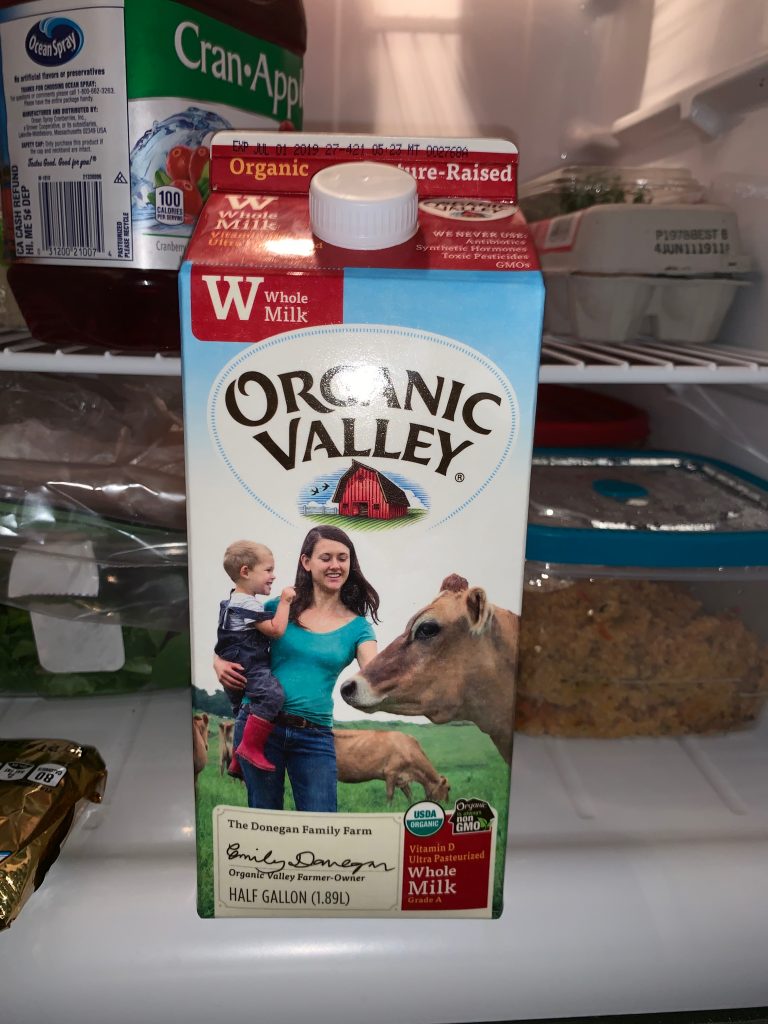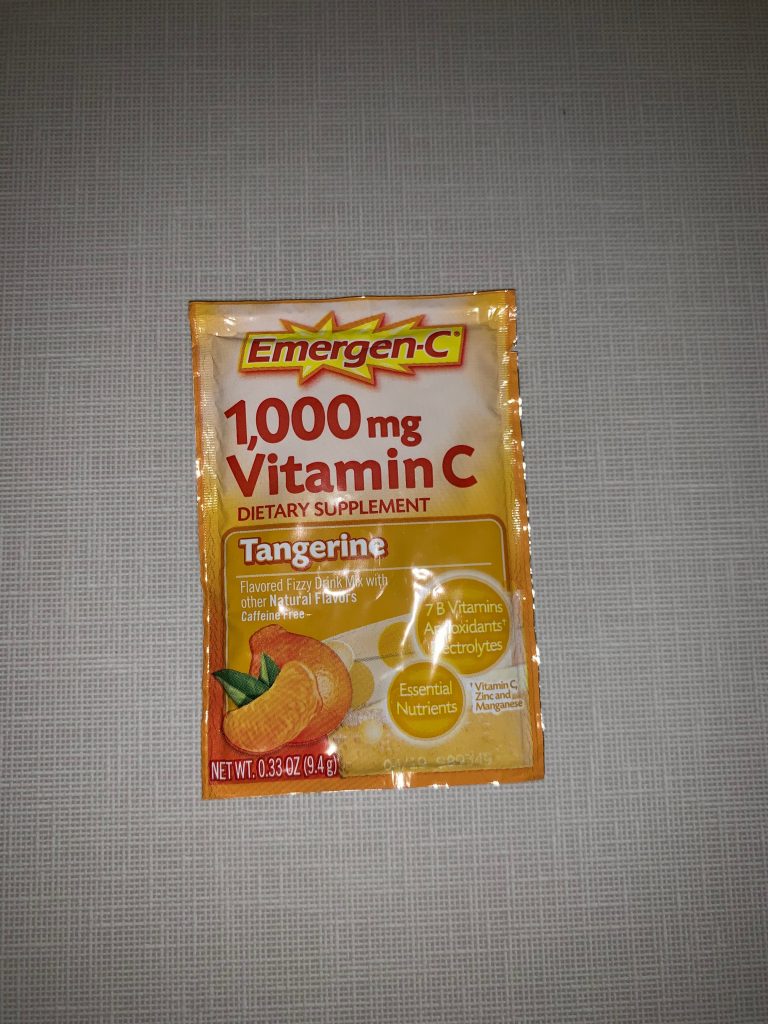- The article describes that there is a positive association between weight gain and light exposure during sleep for women. The article claims lights turned on during sleep are risk factors for women.
- 43,722 women who took part in Sister Study, a study aimed at discovering environmental risk factors that breast cancer were each asked how much they are exposed to artificial light at night (ALAN). This allowed the women to be split up into four groups: 1. no light, 2. small night-light in the room, 3. light outside the room, and 4. light or television on in the room. The participants also reported their weight, height, and hip/weight circumference at the start of the study. They were then followed up after on average about 5.7 years, and it was discovered that women who slept with light or television in the room had 17% more risk of gaining 5 kg (11 lbs) or more compared to women who slept with no lights. They also had a 13% higher risk of their BMI increasing 10%, and overall the risk of being obese was 22 to 33% higher for them.
- I can say that I am quite susceptible to this risk because I am guilty of sleeping with the lights on (I forget to turn them off when I am tired) and when I do turn off the lights, I often am on my phone in the dark until I get sleepy. When I wake up, I don’t feel refreshed at all- I am always tired.I knew there are other risks associated with scrolling through your phone before you sleep, but I did not know that it is linked to obesity as well. Diabetes runs in my family (both of grandmothers had it), so gaining weight can significantly increase the risk. The other thing that I thought about when I read the article was about the social determinants of health. The article mentions that people who live near cities may not have control over the amount of light they are exposed at night. It made me think about the possible disparities between the wealthier and poor areas- in poor areas, people may not be able to afford high quality curtains that block the lights from outside, which increases the risk of obesity and they have very little control over it. I don’t have to worry about this problem, but it makes me think about how social status affects health in different ways.
- I drew from my personal experience and what happened to my family members to determine the risk. I mentioned that I wake up tired, and I have noticed myself resorting to sugary drinks or foods to try to get that boost of energy. As we all know, sugar consumption is linked to diabetes. I also binge on caffeine, which creates a downward spiral of poor sleep. My grandmother used to be overweight, and developed type 2 diabetes. She did not live for very long after that. My other grandmother has been bedridden for about a decade now, and before every meal she has to inject insulin/get her blood taken by punching a hole in her finger. I could never directly look at the process because it looked painful.
- Slovic’s work applies to my perception when he mentions the idea that we become extremely frightened by things we perceive as uncontrollable or catastrophic (such as a nuclear power plant and the risks of radiation) but we are rarely scared of risks we think we can control but are actually riskier (driving cars). I thought the same at first; I thought that lights are such a trivial thing and that is not a big issue. But as I thought about it more, I realized that the “trivial” effect can be detrimental if it is done repeatedly. Slovic concludes by mentioning that policy makers should improve their interaction with the public, but it made me feel like I have to be the one searching for the right information rather than wait for people to change for me, especially regarding health.
References
Hewings-Martin, Y. (2019, June 13). Artificial light during sleep puts women at risk of obesity. Retrieved June 17, 2019, from https://www.medicalnewstoday.com/articles/325450.php



Recent Comments